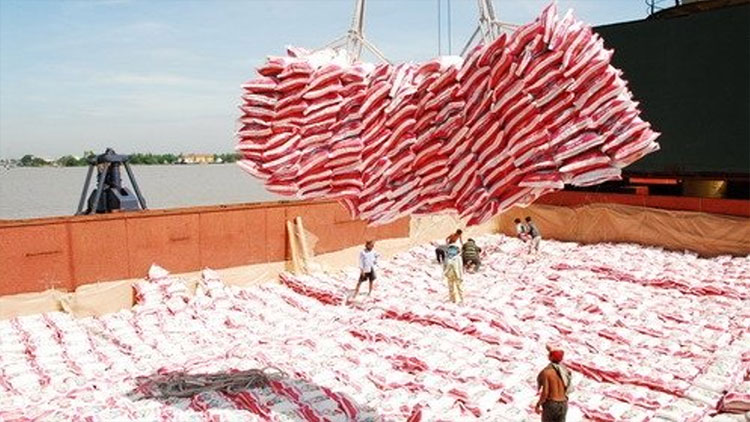Posted on 11 January 2019.

Ho Chi Minh City, November 2018. Public procurement is estimated to account on average for 15-20% of GDP in developing countries and about a third of national government budgets, making it the largest single area of government spending. Estimates indicate that 20-25% of the procurement budget is drained through corruption (OECD, 2013). Preventing and combating corruption in public procurement is central to improving the efficiency and effectiveness of public services, and hence to achieve the 2030 Agenda for Sustainable Development. Against this background, UNODC has developed
a problem-led, action-based methodology to identify corruption risks in public procurement, which also takes human and financial resources constraints into account. This methodology was applied in the context of agriculture and rural development projects in Southern and Northern provinces in Vietnam this year, in cooperation with the Ministry of Agriculture and Rural Development.
Viet Nam has a population of estimated 96 million people as of 2017, 70% of which approximately live in rural areas. The Ministry of Agriculture and Rural Development is responsible for rural development and the governance, promotion and nurturing of agriculture and the agriculture industry. Its purview includes forestry, agriculture, irrigation and the salt industry as well as water management and flood control. As such, the Ministry is responsible for
the procurement of staff, agricultural equipment and infrastructure projects including roads, irrigation systems, watershed development, rural electricity, amongst others, in the rural areas of Vietnam. The Ministry spends annually $800,000,000 for procurement of goods and services, and
corruption in public procurement has been identified as one of the main challenges to more effective public spending in Vietnam.
Within this context,
in July and November 2018, UNODC successively trained representatives from various departments
of the Ministry of Agriculture and Rural Development in Northern and Southern provinces in Viet Nam, typically procuring agricultural equipment and infrastructure,
to develop a corruption risk mitigation action plan, with clear timelines and line of responsibility for each department. Common red flags in all stages of public procurement were identified: some of the common corruption risks in agricultural and rural development projects referred to include using wood in construction, with risks evolving around the falsification of origin, substitution of high for low quality wood, hazardous chemicals used on the wood, paying a higher price for the wood than market price, or procuring illegally logged wood); irrigation and drainage (requiring high specialization); or product substitution of higher for lower value goods.
The corruption risks mitigation plans developed by government officers during these two trainings are being used by the Ministry to prevent corruption risks in Ministry's procurement processes in rural areas, directly contributing to achieve the 2030 Agenda for Sustainable Development and having positive impact more specifically on
sustainable development goals related to clean water and sanitation (SDG 6), industry, innovation and infrastructure (SDG 9) and life on land (SDG 15).
UNODC will continue to support the Ministry of Agriculture and Rural Development in Viet Nam training officers from Central provincial departments with the corruption risk methodology, and developing practical manuals for inspectors on how to detect, investigate and prosecute corruption cases in public procurement.